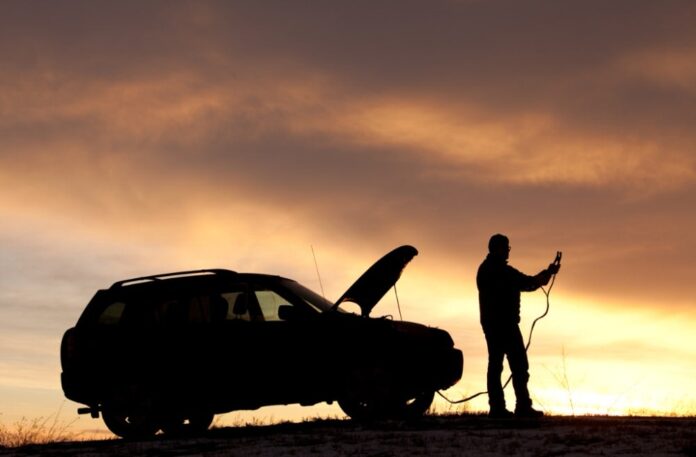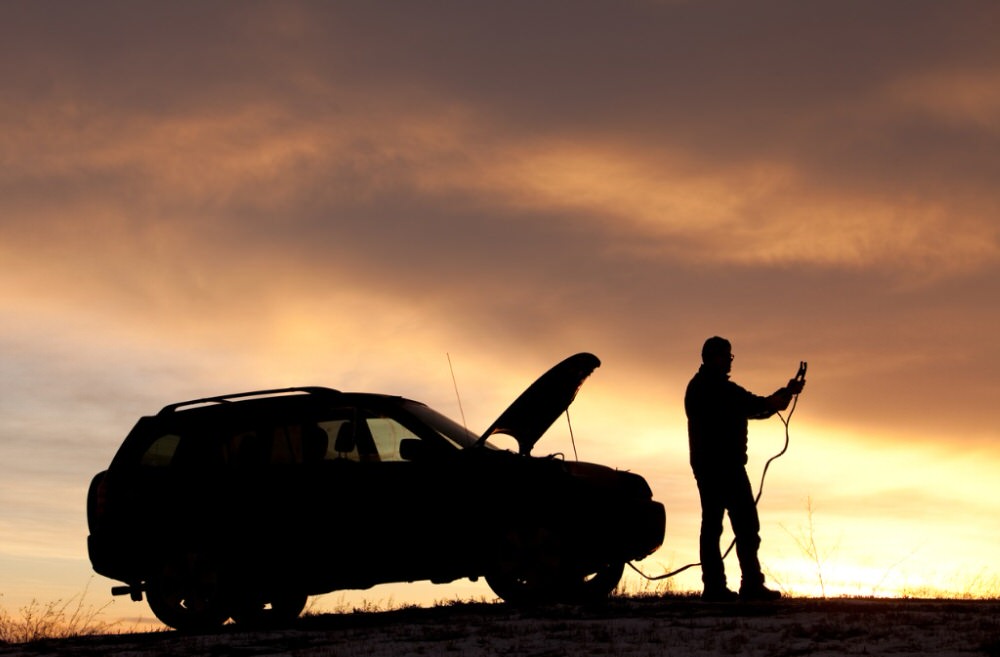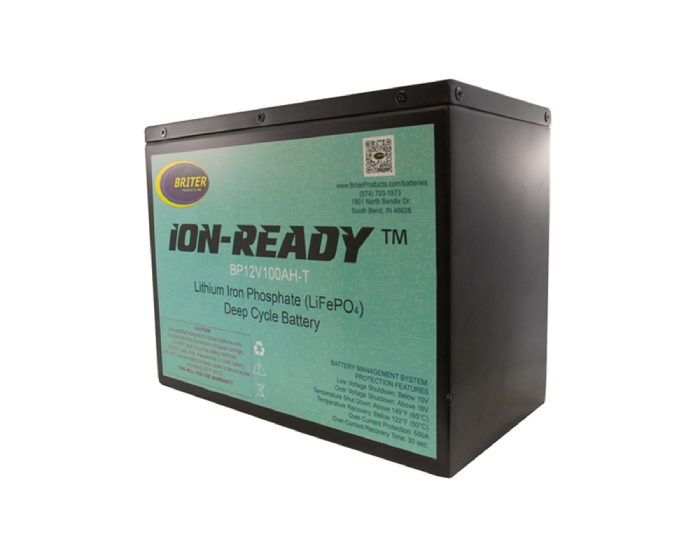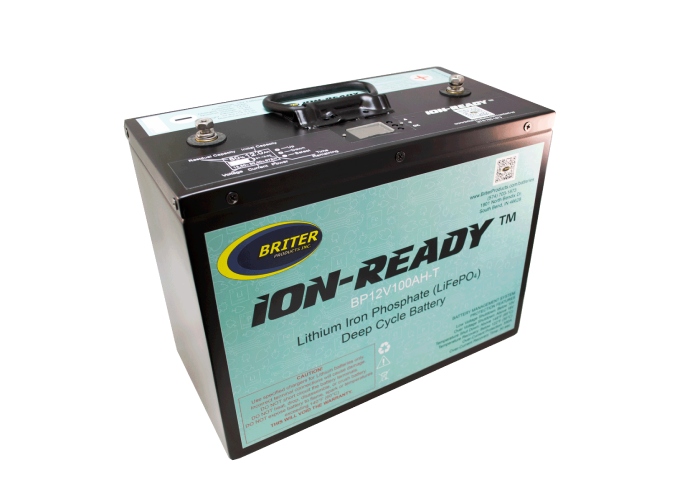photo by ImagineGolf via iStock
Back in the day, overlanders and off-roaders might have suffered a dead battery because they ran their vehicle’s radio too long while the vehicle was off or accidentally left the headlights on all day while their rig was parked at the trailhead.
In today’s vehicles, there are way more accessories that can drain your vehicle’s battery – a winch, a refrigerator, light bar, air compressor, CB radio – you name it.
When your vehicle is running, the alternator keeps the battery topped off. But when the vehicle is off and you’re running all these accessories, your rig’s battery can be drained quite quickly. The electrical system in your vehicle can only handle so much draw, which is why a dual battery system is such a great idea.
Let’s get into the nitty-gritty of a dual battery system and why you need one in your overlanding or off-roading vehicle.
How Does a Dual Battery System Work?
As explained in the video above by OffRoadDownunder, the way this works is simple…
There is a starter battery that is used to start your vehicle. The second battery, often referred to as the auxiliary battery) is used to power all the goodies in your truck when the vehicle isn’t running. Additionally, the auxiliary battery can be used to give the starter battery a jump, if needed.
In a dual battery system, the batteries are wired in parallel. This means that the positive terminals on each battery are wired together and the negative terminals are wired together, both through a relay.
The relay is in turn wired to the ignition source. When the engine is running, the relay detects voltage to link the batteries together. But when the engine is off, the relay isolates the batteries from one another, that way the starter battery doesn’t get drained from running vehicle accessories.
This is a simple explanation for how these systems work, but you should get the basic idea – having two batteries in a setup like this will prevent your starter battery from dying.
What Kind of Batteries Should You Use?
I’ve written before about how I believe that lithium-ion batteries are the way to go for overlanding and off-roading applications.
In fact, I’ll have dual lithium-ion batteries from Briter Products in my rig before long.
I like lithium-ion batteries because they are lighter than their AGM counterparts, not to mention that they have a longer lifespan and a greater depth of discharge.
For example, the AGM batteries that came with my Turtleback Expedition trailer can only be discharged to about 50 percent. But the Briter Products lithium-ion batteries I have ready to install can be discharged up to 90 percent.
These particular batteries are fully serviceable and they have a 5,000-cycle lifespan. In fact, at that 5,000-cycle mark, these batteries are estimated to be at 80% efficiency. Compared with lead acid based batteries, this is a 5-10 times jump in cycles! That longevity is paired with the ability to completely run these batteries down to nothing and fully charge them in just a couple of hours.
Another benefit of lithium-ion batteries is that they have a very low amount of internal resistance. This is important because they are far better at absorbing solar voltage than any other widely available chemistry. For someone like me that has a power system that includes solar, this is a huge selling point.
Some folks point to the price of lithium-ion batteries as being a major detriment. However, while these batteries are more expensive up front, they give you a much longer lifespan than cheaper AGM batteries. So, over the long haul, lithium-ion batteries really do pay for themselves.
In some dual battery systems, you can even mix and match batteries, so if you have an AGM battery as your starter battery, you can invest in a lithium-ion battery to run your accessories. I’d recommend adding a battery management system to the mix to take care of maintaining and charging the batteries for hassle-free and worry-free power.
How to Install a Dual Battery System
Installing a dual battery system can be incredibly complex. But, there are simpler DIY methods for setting up such a system, too.
You’ll obviously need a second battery as well as a way to mount it. Fuses, wiring, and an isolator or battery manager are needed as well.
In the video above by Ben Stinnett, you can see an example of a dual battery system install. Again, there are many different ways to install dual batteries, so this is just one of many possible examples.
For the sake of giving you a look at a different setup, the video above by The Road Chose Me walks you through a dual isolated battery setup and explains the what, why, and how of dual battery systems. It’s an excellent overview of why a dual battery system is such a great investment.
Now that you know more about how a dual battery system can prevent a dead battery, it’s time for you to think about the type of system you want for your rig.
As with anything, the planning stages are incredibly important. Take your time to do additional research and invest in high-quality components, that way the system you design gives you long-lasting durability and performance.






